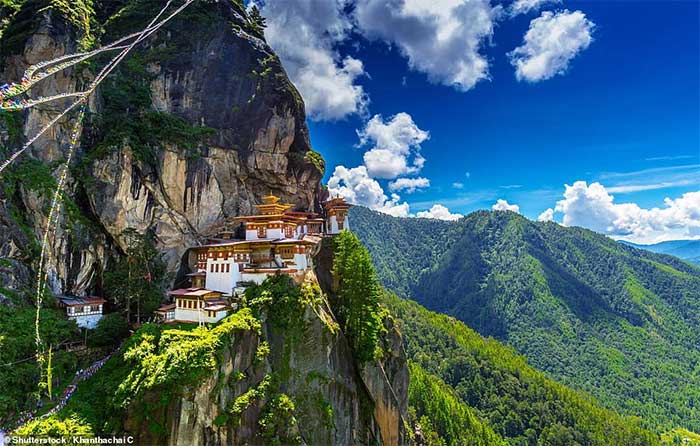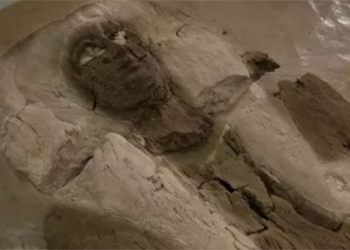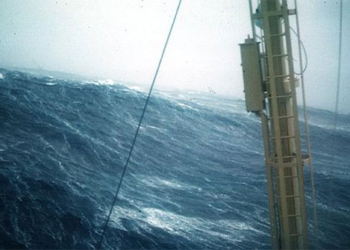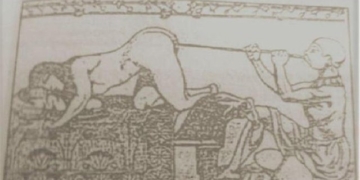This is the only country in the world without traffic lights, even in its capital. Instead, police coordinate the flow of traffic. Additionally, it is also the only country with negative CO2 emissions.
Questions
1. Which country does not have traffic lights?
A. Bhutan
B. Brazil
C. Bahamas
D. Bulgaria
2. What is the world’s average elevation ranking of this country?
A. 1
B. 2
C. 3
D. 4
3. Why does this country have negative CO2 emissions?
A. Because people limit air travel
B. Because most of the land area is forested
C. Due to its high altitude, resulting in thinner air
D. Because it uses seaweed to absorb CO2

Bhutan is the only country in the world without traffic lights.
4. What animal is depicted on the national flag of this country?
A. Lizard
B. Dragon
C. Iguana
D. Lion
5. What are the citizens of this country exempt from?
A. Income tax
B. Free education
C. Free healthcare
D. Free education and healthcare
Answers
Question 1: Answer A – Bhutan. Bhutan is a landlocked country in Asia, bordered by China and India. This country does not have a traffic light system. Previously, Thimphu, the capital and largest city of Bhutan, was the only place in the country with traffic lights for 24 hours. However, due to public disagreement, the lights were removed, and traffic police resumed their role. They coordinate the flow of vehicles on the roads with their white-gloved hands.
Question 2: Answer A – 1. Bhutan has the highest average elevation in the world, at approximately 3,280 meters above sea level. The northern part of the country features high peaks of the Himalayas, with Gangkhar Puensum being the highest at over 7,570 meters. The southern region consists of hills, plateaus, and valleys, where most of Bhutan’s population resides. However, Thimphu is not the highest capital; La Paz in Bolivia holds that title.
Question 3: Answer B – Because most of the land area is forested. Bhutan is the first and only country in the world to have negative CO2 emissions. This is because 72% of the country is covered in forests. The Constitution of Bhutan mandates that at least 60% of the country’s total land area must be forested at all times. The entire country produces 2.2 million tons of CO2 each year, but its forests absorb three times that amount. It can be said that Bhutan is a “carbon sink with over 4 million tons of CO2 each year.”
Question 4: Answer B – The dragon. The national flag of Bhutan is divided into two colors, yellow and orange, by a diagonal line. In the middle of the two sections is the symbol of a white dragon. The white dragon on the flag also symbolizes purity and loyalty. The jewels represent prosperity, security, and the protection of the people in Bhutan. Bhutan is known by the nickname “Land of the Thunder Dragon.”
Question 5: Answer D – Free education and healthcare. Although Bhutan has a low GDP, the government maintains a free healthcare system not only for its citizens but also for residents of the country. In terms of education, students here are exempt from tuition fees and provided with meals, as well as gifts of books, clothing, and school supplies.





















































